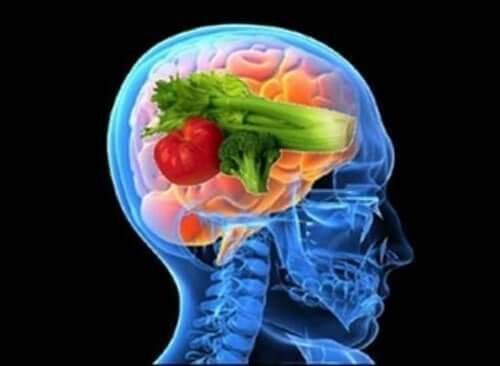Differences between food and nutrition

Food and nutrition are two terms that are commonly used synonymously, when in reality they are different things. We will see what their definitions are and the differences between food and nutrition on a practical level.
What do we understand by food?
Table of Contents
Food is a set of acts or actions by which we provide food to our body . Therefore, it covers aspects such as the choice and cooking of food, and its subsequent intake. It depends, we see, on many factors.
In the act of feeding, we choose and eat foods that provide us with nutrients. And we require these nutrients to maintain a correct state of health.
And what do we mean when we talk about nutrition?
The Council of Food and Nutrition of the American Medical Association defines nutrition as:
Why should we not confuse food and nutrition?
One of the great differences between food and nutrition is that the first is a completely voluntary , conscious and modifiable process. People can choose what foods we want to eat and how and when to do it.
While it is true that there are some external influences that condition our decisions regarding food, which takes some freedom from the process. Among these influences we have:
- Religion.
- Culture.
- Food availability.
- Geography.
- Family traditions.
Also, feeding is a process that can be educated . Therefore, it is modifiable throughout life. We talk about educating in eating habits because you can act on them and change them.
When we are little it is much easier to acquire habits – not only food – but it is never too late to implement modifications. Especially if it is to adopt healthier eating patterns.
By contrast, nutrition is a completely involuntary and unconscious process . As we have seen in the definition, it houses many mechanisms on which we have little influence, such as digestion, transport and absorption of nutrients.
Now, some eating habits and life guidelines can facilitate or hinder all these processes that our body performs. Eating fast is not the same as slow, eating foods that protect the intestinal flora or having unhealthy habits such as smoking or being sedentary.

Food and Nutrients
In the same way that we differentiate between food and nutrition, we can also differentiate between food and nutrients.
Food is all natural products, or manufactured through industry , that we ingest to meet physiological needs . Grouped into broad categories, we can speak of: dairy, legumes, nuts, cereals, fish, vegetables.
Instead, nutrients are substances that are part of food . Our body needs them, both to perform basic functions and to maintain good health.
Among them we can distinguish:
- Macronutrients : The body needs them in greater quantities. We are talking about carbohydrates , proteins, lipids and fiber.
- Micronutrients : we need them in very small amounts. They are vitamins and minerals. And also antioxidants and phytonutrients, whose influence on people’s health is increasingly being studied.
Why do we get confused?
Sometimes we can confuse one term with the other why the experts themselves, or the media, make indiscriminate use of both.
For example, the food pyramid is not a nutritional pyramid . Food pyramids are used to graphically express what the dietary bases of a given population should be. The figure responds to specific nutritional needs that are expressed with daily, weekly or occasional food rations. Therefore, the correct way to call it would be “food pyramid” and not “nutritional pyramid”.

The same would happen with nutrient intakes and dietary or dietary recommendations. Each nutrient usually has a recommended daily allowance that can vary based on sex, age, and physical activity. This amount is expressed in grams, milligrams, or micrograms.
Now, to facilitate information to the population, these amounts are translated into food rations. Therefore, the correct term would be “dietary recommendation”. We can see it clearer with an example. We can say that we need about 25-30 grams of fiber a day -recommended daily intake-, which would translate into the recommendation to eat 3 pieces of fruit a day, 50 grams of oat flakes, 25 grams of nuts and 1 serving of legumes.
Food and nutrition: different but complementary
Although sometimes we experts use the two concepts interchangeably, it is important to know how to differentiate between food and nutrition. However, both the act of feeding and the process of nutrition are closely linked. Every food we eat will set the nutrition process in motion. And a good nutritional choice will depend on a good nutritional status .







